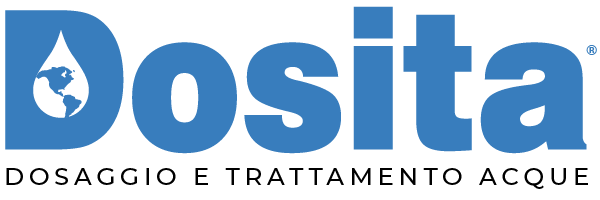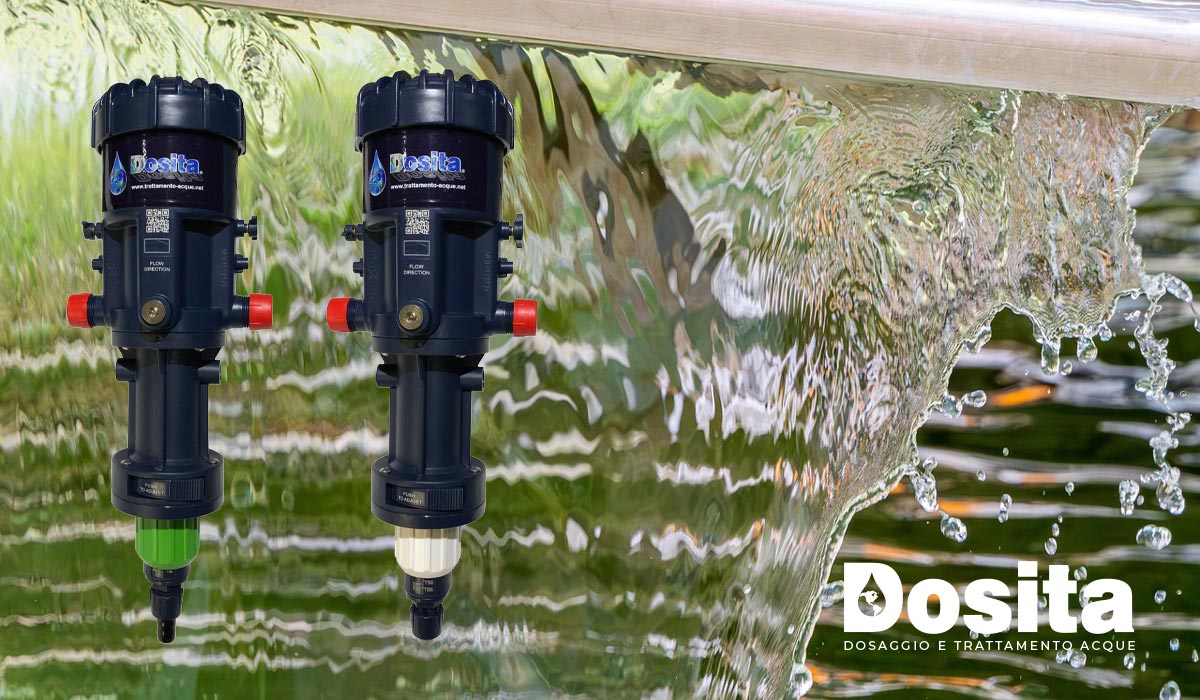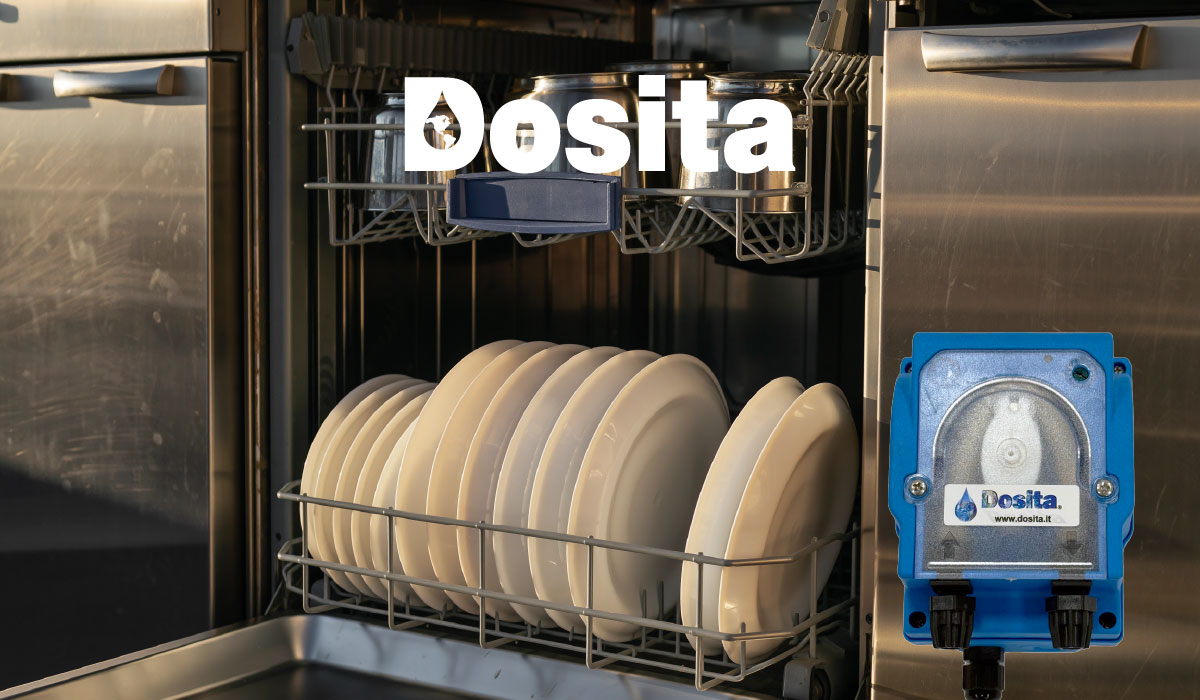Once the PH has been stabilized, you can start using the maintenance product. A correct PH value improves the effectiveness of the maintenance product and limits the quantity to be used.
The correct PH value will ensure that the water does not cause burning eyes, skin irritation and bad odors. The maintenance products that we will consider are chlorine-based.
The chlorine value measured in the pool must be between 0.5 and 1.2 mg/l. This product is packaged in tablets of 200 gr. each and must be used inside the skimmers when the PH has been stabilized. The skimmer is the pump’s suction, therefore a true lapping dispenser. The continuous and forced passage of water from the pool to the pump laps the tablet creating a sterilizing solution that increases its concentration depending on the hours of operation of the system and the quantity of tablets placed in the skimmer.
The dosage is 1 tablet every 15 cubic meters of water, starting when the temperature has reached 12 degrees. Consumption is determined by the temperature and the hours of filtration and it is therefore necessary to check the supply every 3-4 days at most. At least once a week it is necessary to check the pH value.
Filtration times depending on the temperature
These times can be easily changed using the programmable clock provided:
- set the current time
- select the operating mode
- raise the riders to operate the pump or lower them to stop it.
Warning! periodically check the accuracy of the time indicated on the programmer.
Whenever you notice a lack of transparency in the water due to environmental causes such as a strong storm or overcrowding, it is necessary to carry out a superchlorination treatment with CHLORINE (15 grams for each cubic meter of water in the pool) also checking daily that the PH value is correct.
It is preferable to carry out the treatment in the absence of swimmers.
The proliferation of algae is often due to a water PH that is too high, a lack of chlorine and high temperatures. Constant monitoring of the optimal values of pH and free chlorine is essential to avoid the formation of algae.
The anti-algae is the natural complement of chlorine, it prevents the formation of algae on the walls of the pool, also facilitating the work of the automatic cleaner. The anti-algae also has a flocculant function, aggregating natural fats and cosmetic residues, making them easier to remove.
The product must be poured into the pool in the required dose in front of an injector with the filtration system turned on.
At the beginning of the season, it is necessary to add 1 l of anti-algae for every 100 m3 of water. For maintenance treatment, it will normally be sufficient to add 1 l of product for every 100 m3 of water in the pool once a week. In the event of large algae proliferation (green water!), it is recommended to follow the following procedure:
- Stop the filtration system
- Pour 10 ml of flocculant into the pool for every m3 of water
- Wait approximately 12 hours and vacuum up the residue that has settled on the bottom using the mud vacuum cleaner
- perform a shock treatment with 15 grams of chlorine for every m3 of water and leave the filtration system running for 24 hours.
If necessary, repeat the treatment a second time.
In case of water particularly rich in iron or other minerals, it will be necessary to use the sequestrant (1 litre for every 100 m3 of water) at each filling and at least once a week to maintain it correctly.
The sequestrant must also be used at the beginning of each season (2 litres for every 100 m3 of water).
Alternative products to chlorine
There is a trivalent product, in 200 gram tablets for the complete treatment of the pool water. This product combines in a single tablet the disinfectant, the algaecide and the flocculant necessary to keep the pool in optimal conditions without having to use multiple products. The average dosage is one 200 g tablet for every 20 m3 of water every 7 days. The initial treatment is the shock treatment with chlorine, to stabilize the PH proceed as described above.
There is an active oxygen treatment to be used as an alternative to chlorine as the main treatment. It is suitable for all types of swimming pools and especially for indoor ones, where the smell of chlorine is extremely unpleasant. The product is in granular form and should be dosed at 20 g/m3 for the initial shock treatment and at 10 g/m3 per week for the maintenance treatment; the liquid product can also be recovered to be dosed using automatic dispensers.
There is a fast-acting liquid flocculant that aggregates the colloidal particles that are more easily retained by the sand filter. It is also very useful whenever the water undergoes a color change due to a lack of oxidizing products (green water) or to quickly eliminate metal particles previously aggregated by the sequestrant.
The dosage is 10 ml. for every cubic meter of water to be introduced into the swimming pool with the filtration system stopped. After 12 hours, position the sand filter lever on “drain” and remove the deposit on the bottom with the mud vacuum. Repeat the operation if necessary.




